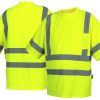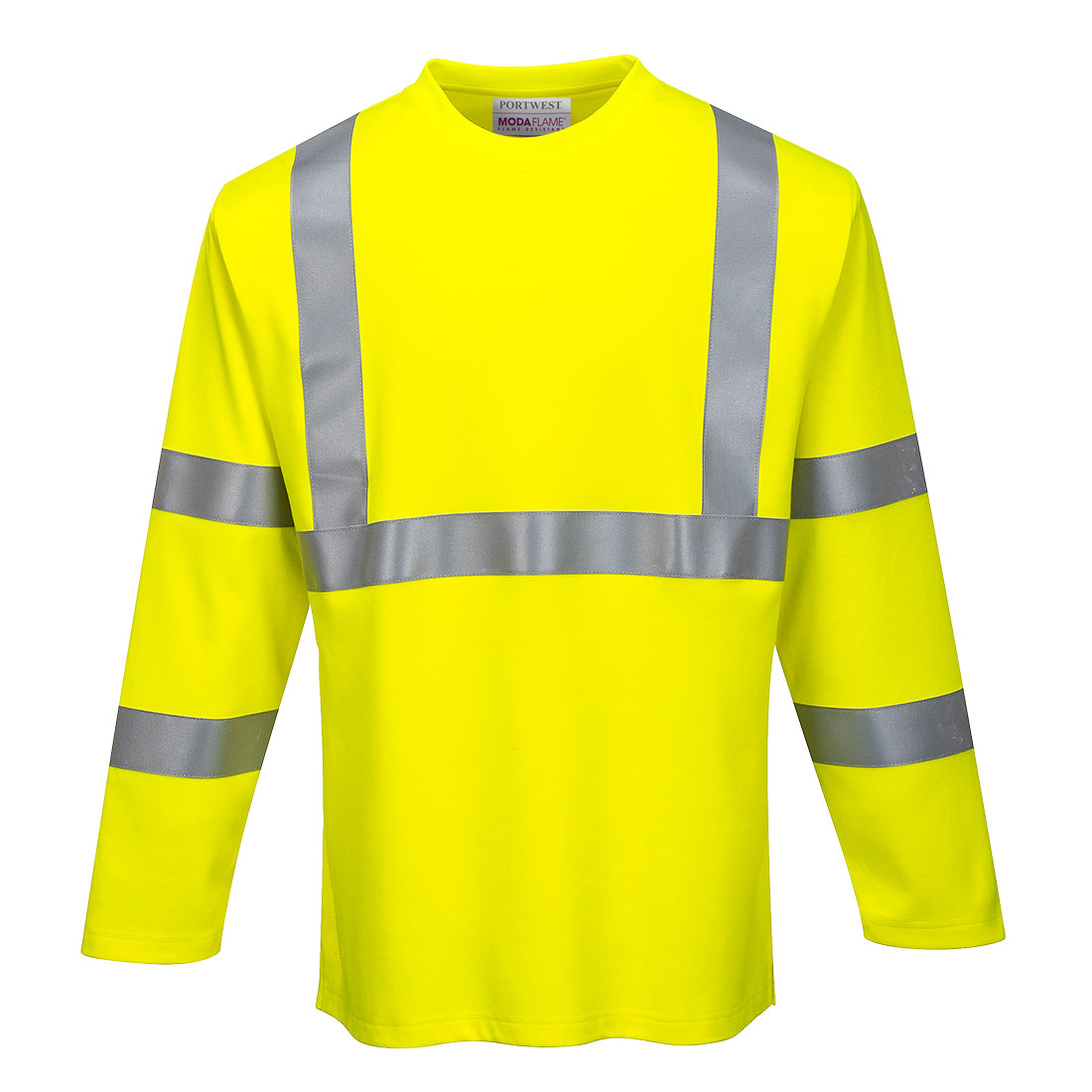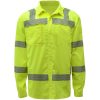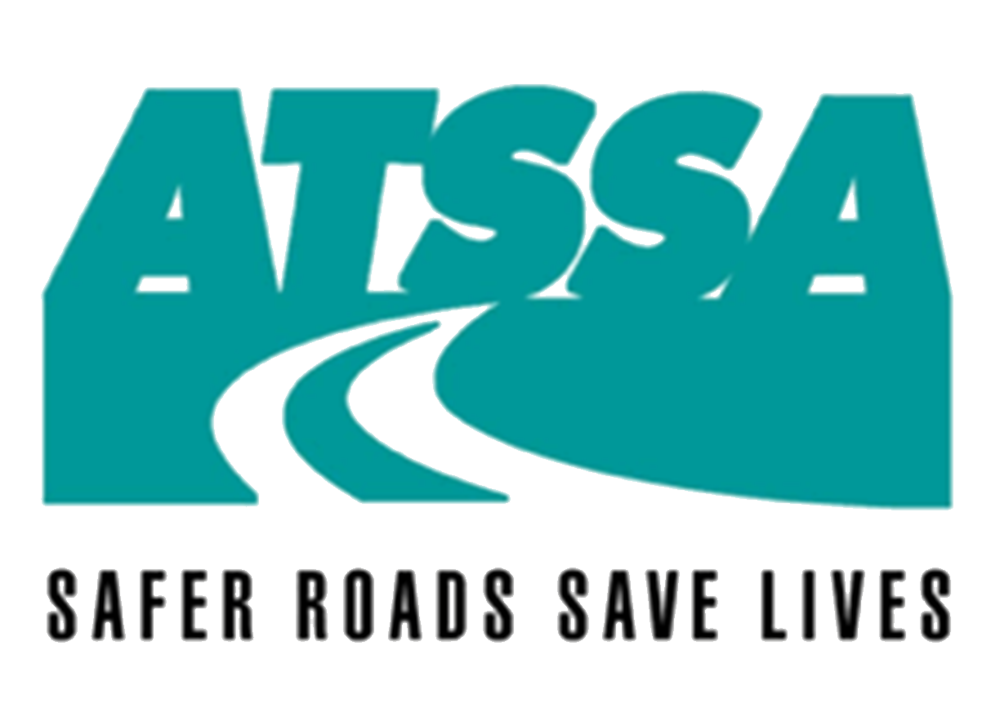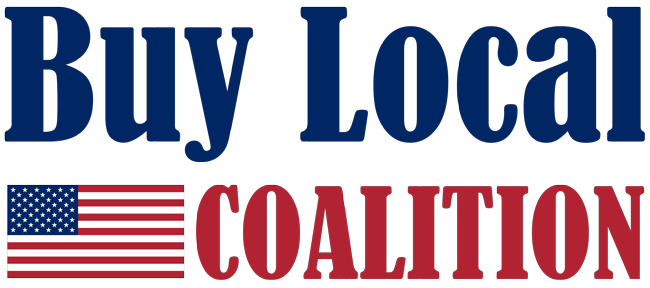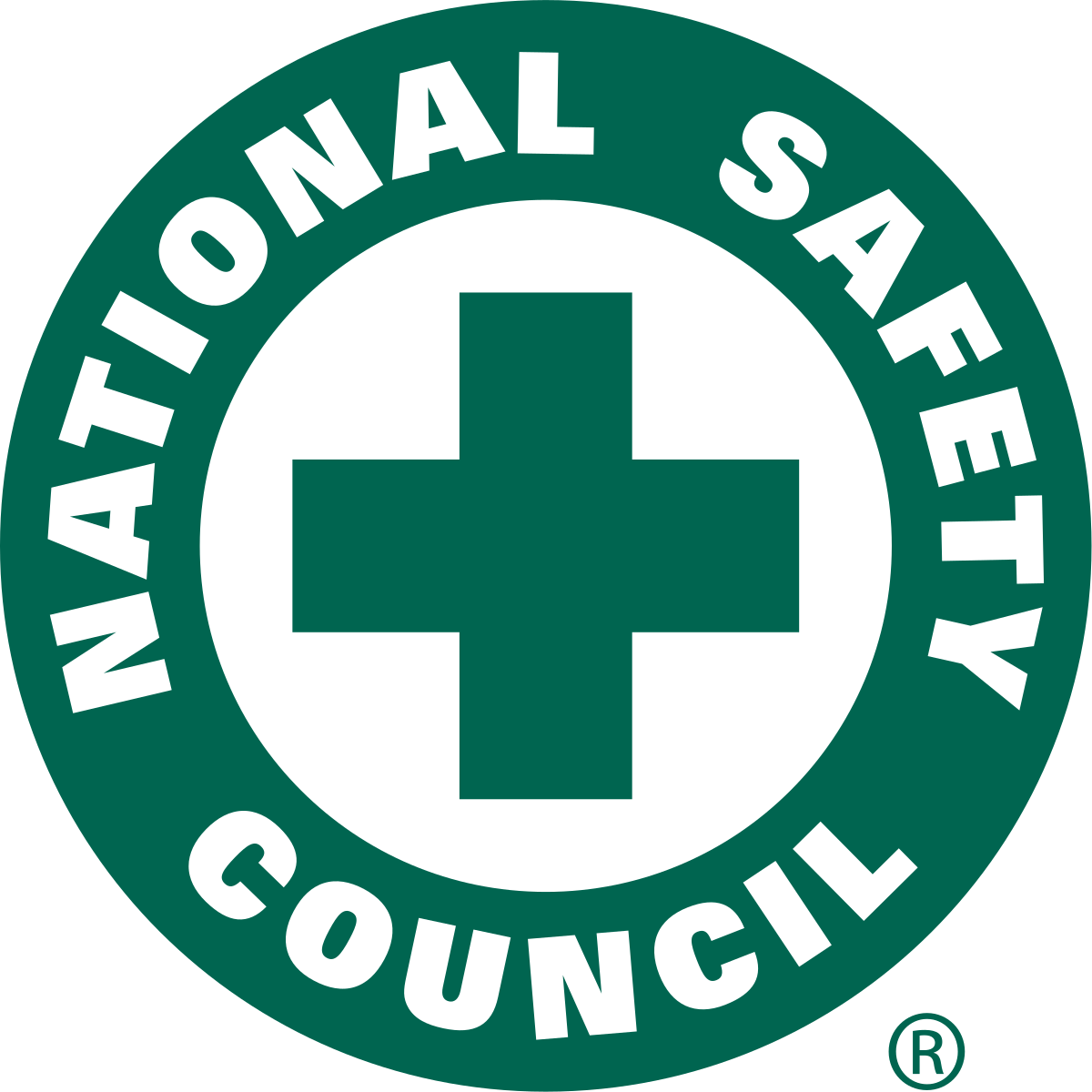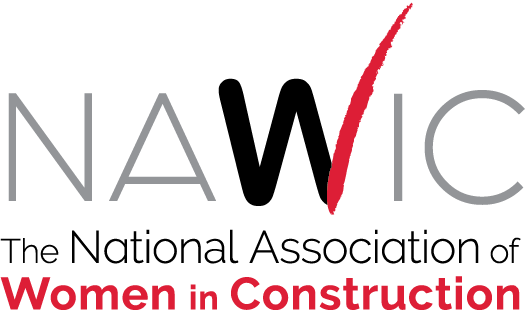17 Summer Safety Tips for Construction: Keep Your Team Safe in the Heat
The blisteringly hot temperatures of summer are hard on all of us, but especially for those working in construction. In the mid-Atlantic regions of PA, DE, MD and NJ, the humidity can often rise to 90 percent, creating an even more dangerous working environment. If you work in this field, you’ll understand just how dangerously hot it can get and how important it is to take precautions to keep yourself and everyone on your team safe.
However, this can be difficult to do. Summer is peak construction season, meaning there’s usually no choice but to continue working as usual, even on the very hottest of days. So on those days, what can you do to promote summer construction safety among your team members and fellow workers?
It isn’t always easy, but with a little extra time and care, you can find many different ways to prevent complications like heat illness in your team. To help you do just that this season, here are some of our best summer safety construction tips.

Buy construction safety GEAR from d.e. gemmill
The Dangers of Working Construction in the Heat

When it comes to working construction in the summer heat, the two most significant risks to be aware of are heat stroke and heat exhaustion. Both of these are serious conditions that are not to be underestimated, as they can have severe health consequences for your workers.
So that you can better recognize the signs of these two dangerous conditions in yourself and your workers, here is a brief overview of each.
Heat Stroke
Heat stroke is a condition that occurs when your body is exposed to excessively high temperatures, to the point that your body’s natural temperature regulating mechanisms fail, causing fever or even loss of consciousness. Put simply, heat stroke means your body has overheated and isn’t able to cool itself down like it normally would.
Symptoms that might indicate heatstroke include:
- A core temperature of 104 degrees Fahrenheit or more
- Confusion, agitation, slurred speech and delirium
- Change in sweating patterns
- Vomiting and nausea
- Red skin
- Rapid heart rate
- Headaches

If this condition persists and goes untreated, it could damage your brain, kidneys, heart and muscles and even lead to death in severe cases.
Call (717) 747-1391 For Our Construction Safety Equipment
Heat Exhaustion
Heat exhaustion is a milder version of the same condition as heat stroke. It is also caused by your body becoming overheated to the point where it can’t figure out how to cool itself down. However, the symptoms are typically less severe, and the risk is not as high. Don’t be too quick to dismiss this condition as a non-threat, however, as heat exhaustion can easily turn into heat stroke if it is ignored and left untreated.

Symptoms that indicate the start of heat exhaustion include:
- Cool skin with goosebumps despite the heat
- Intense sweating
- Fainting, dizziness and fatigue
- Rapid, weak pulse
- Low-blood pressure
- Muscle cramps
- Nausea
- Headaches
OSHA’s Heat Illness Prevention Campaign
Because of the potential dangers of conditions like heat stroke and heat exhaustion, the Occupational Safety and Health Administration (OSHA) designed a program to combat these risks. The campaign, which launched in 2011 and is known as OSHA’s Heat Illness Prevention Campaign, is focused on educating both workers and employers about the risks associated with working in extreme heat.
The main message this campaign strives to communicate with workers and their employers everywhere is that the three most important ways to combat heat-related illness are water, rest and shade. By providing workers with these three things on a frequent basis, supervisors can significantly decrease the risk of heat illness.
Construction Safety Tips for the Summer
Now that we have a greater understanding of the dangers of extreme heat and the signs of heat-related illnesses, it’s time to talk about some practical ways you can keep your workers rested, hydrated and cool this summer. Try to implement as many of these tips for construction safety as possible to reduce the risk to all your team members.
If You’re a Construction Worker
If you’re a construction team member, you usually aren’t in a position to be responsible for all your fellow workers or implement site-wide policies for the betterment of the entire team. What you can do, however, is make sure you’re keeping yourself safe.
If you’re worried about your own safety as a construction worker this summer, try some of these 10 tips for construction workers.
1. Keep Water Everywhere

The single most important way to protect yourself from heat illness this summer is to keep plenty of water on the construction site. Always have water within easy reaching distance, if possible. If that isn’t possible, keep it as close to you as is allowed and take frequent hydration breaks. This water helps keep your body from becoming dehydrated and overheated. The more water you can drink, the healthier you’ll stay.
For the best results and the maximum hydration, make sure you’re actually drinking water instead of soda, lemonade, energy drinks or any other beverages.
2. Stay Healthy
The better physical shape you’re in, the better equipped your body will be to deal with the stress of extreme temperatures. Extra body fat and underlying health problems will contribute to your body becoming overheated and damaged even faster. Hit the gym regularly, cut down on the tobacco and try to improve your general health in whatever ways you can.
3. Eat Healthy Meals

High-fat, heavy and greasy food will leave you feeling bloated and potentially nauseous, neither of which are a good combination with extreme temperatures. Especially during the hottest part of the day, opt for a lighter meal that will keep you from feeling hungry without weighing you down. For example, try eating a sandwich and fruit instead of a greasy burger and French fries.
4. Get Plenty of Sleep
One additional measure you can take to keep your body as healthy as possible, and thus equipped to better handle the extreme temperatures, is to get plenty of sleep. REM sleep is more difficult to reach when the weather is hot and uncomfortable, so pay extra attention to improving the quality of your sleep during these hot months. Use fans to keep your room cooler at night, and make sure you block out plenty of time for sleeping.
5. Plan the Timing of Your Job
If at all possible, avoid planning a job for the hottest parts of the day. Instead, try to schedule your work for the morning or evening hours. If you have a combination of outdoor work and indoor work to do, look at the weather forecast and plan ahead. Try to schedule your indoor work for the very hottest days, and leave the outdoor work for the days when the weather is slightly more bearable.
6. Take Plenty of Breaks

If you absolutely can’t avoid working during the hottest parts of the day, the next best solution is to take plenty of breaks to rest and recover in the shade. These frequent breaks can prevent your body from reaching such a high temperature that it can’t cool itself down again, as well as help you be more equipped to deal with the heat.
7. Dress to Beat the Heat
Because you’re working in a construction zone, you’ll still need to wear work-approved garments designed to keep you safe in these potentially hazardous environments. However, you’ll want to choose lightweight safety apparel in the summer, as these garments will provide more breathability and prevent heat from becoming trapped next to your skin.
These summer safety clothing items might be slightly more expensive than ordinary safety gear, but the heat relief they offer makes it worth the higher price tag.
8. Don’t Wander in and out of Air-Conditioned Environments
Every time we suddenly go from one extreme temperature to the opposite extreme, we experience a miniature shock effect as our bodies adjust to this radical new temperature shift. This is true whether you’re traveling from a 100-degree parking lot into a cool, air-conditioned building — or vice versa. The more often we force our body to go through this whiplash, the more strain it experiences.
If you’re doing construction work in the heat, avoid going inside for your breaks. While frequent breaks are important, try relaxing in the shade instead of going inside. This temperature difference is much less extreme and will be gentler on the body. This way, when you finally do go inside at the end of the day, you’ll be able to stay there comfortably.
9. Watch for Symptoms of Heat Illness
By studying the signs and symptoms of heat illness, you can be better prepared to recognize them in yourself and in your team members. Keep a close eye out for these symptoms. If you or anyone else starts exhibiting them, get to a shaded area and re-hydrate at once. Don’t take the chance that your condition might not be severe, and always treat these symptoms seriously.
10. Take Care of Your Head
Because so much blood flows through your head and neck, these parts of the body play a huge role in your natural heat-regulating systems. Because of this, it’s essential to keep your head covered and out of direct sunlight. Your job may require a hard-hat, but even if it doesn’t, it’s best to wear a hat while you’re working in the heat. You might want to add a nape protector, as well, to shield your neck from direct sunlight exposure. Cooling bandanas are an excellent choice for protecting your neck, too.
If You’re the Boss
If you’re in charge of a construction crew, you have the power to make positive changes on the construction site. It’s your responsibility to make sure the entire team is taking the threat of heat illness seriously and working together to prevent it.
As the boss, here are seven positive changes and solutions you can implement on your construction site this summer to help everyone stay safe and cool.
11. Educate Your Workers

When you’re the one in charge, it’s up to you to make sure your entire team is following these crucial heat-safety rules and keeping one another safe. This can be a difficult task to achieve if none of your workers know the risks you’re trying to protect them from. Educate your team by taking the time to explain the very real dangers of heat stroke and heat exhaustion, as well as — in detail — how they can avoid it.
Perhaps you might provide mandatory training upon hiring new crew members. Maybe you might issue a warning before the summer season strikes. You could even send out reminders to your team on days when the weather is projected to reach a certain threshold. It doesn’t matter how you choose to go about educating your team — just be sure to do it.
12. Plan Your Work Schedule Carefully
If at all possible, you and your team would both benefit from not working during the hottest hours of the day. One of the best ways to avoid doing this is to push back your starting time to earlier in the morning. By starting work before the sun has had time to get extremely hot, you’ll limit the length of time you’ll be forced to spend outside during the heat of mid-day. You might even consider starting early, taking a long break for the hottest daylight hours, and then continuing work when things begin to cool off.
If this type of arrangement is not an option, however, look for other ways to rearrange your schedule. Do some parts of a job require indoor work? If so, plan for this on the hottest days and save the outdoor work for the days when the temperatures are slightly less extreme.
Sometimes, however, the schedule is absolutely iron-clad and cannot change. If this is the case, at least make a serious effort to provide frequent breaks to everyone on your team.
13. Set Aside Plenty of Breaks
As the head of a group of construction workers, you know speed is crucial in order to get a job done on time. But, fast work shouldn’t come at the expense of your workers’ health. If you push your workers too hard in the heat, they may end up in the hospital, causing your pace to slow even more. Instead, it’s better to work slightly slower and keep all your workers healthy. This will result in a quicker work pace in the long run.
Instead of risking employee injury and illness, set aside plenty of breaks throughout the day. Realize that the hotter the day is, the more rest time your workers will need. Consider making these breaks mandatory to prevent workers from claiming they don’t need one — only to faint from the heat an hour later.
14. Provide Shade for Your Team
While simply taking a break from work will be good for your team, these breaks will be even more beneficial if they take them in the shade. Some work sites will conveniently have trees or buildings that provide natural shade for your team to rest under during break time.

However, if your team is working on a construction site where there are no nearby sources of shade, it’s up to you to provide some sort of sun protection where your workers can rest, hydrate and enjoy a respite from the heat. Consider setting up tents, awnings or other forms of shade where everyone can take a break.
15. Supply Enough Water for Everyone
We can’t overstate the importance of this point. For you and your team to stay healthy and cool in the summer at a construction site, you all need to stay hydrated in the heat. One of the best ways to stay hydrated in extreme heat is to make sure your worksite is well-stocked with more than enough water for everyone on the team.
Keep large coolers packed with ice and water, and also make sure your team members are drinking throughout the day. Discourage beverages like soda or energy drinks and encourage your workers to stick to water, as this will do the best job of hydrating them as they work long hours in the sun.
Experts say that when working in the hot sun, you should drink at least once every 15 minutes. Even if you aren’t feeling thirsty, you shouldn’t skip this drink break. If you keep your body hydrated, it will be more likely to continue sweating normally and working to regulate your core temperature. By depriving your body of water, you’re preventing these body systems from working properly.
16. Watch for the Signs of Heat Illness
Take the time to educate yourself on the signs and symptoms of heat illness. Just as you should encourage your workers to be aware of these dangers, you yourself should develop a keen awareness of what these conditions look like, and train yourself to spot them in others.
As your team is working on especially hot days, keep a close eye out and watch carefully for any signs of heat illness. If you see the signs, don’t just brush them off as unimportant. Get the person in question out of the sun and start getting them hydrated. Remember, your construction workers’ safety is of the highest importance.
17. Require Your Workers to Dress in Summer Safety Gear
It’s important to dress safely at a construction site, but it’s also important to wear gear that offers protection and relief from the heat. For the very best results at your construction site, you’ll want your workers to dress in clothing that protects them from hazards of the job, as well as heat risks.
Fortunately, suppliers design clothing and gear with just this purpose in mind. Plenty of garments meet all the ordinary construction worker safety regulations for a site while still being breathable and preventing heat from getting trapped next to the wearer’s skin.
A few items your team might want to consider for your extreme-weather construction project include:
- Mesh Safety Vests: Mesh is one of your best bets for summer materials, as it’s extremely breathable and allows for plenty of airflow. If you’re looking for summer safety vests and you have a choice of materials, recommend mesh to your workers.

- Full-Brim Hard Hats: If your construction site requires hard hats but you’re still looking to give your workers a little additional protection from the sun, we recommend these wide-brimmed hard hats.
- Safety Hard Hats With Nap Protection: Hard hat neck protectors are advantageous because they protect the back of the neck from direct sunlight, thus keeping the entire body slightly cooler.
- Hi-Vis Reflective Summer Clothing: This type of clothing is the best choice for extreme summer weather. It’s light, breathable and does an excellent job of repelling sunlight instead of absorbing it.
- Fisherman Style Safety Shirt: This style of clothing is vented and has excellent breathability, as well as built-in SPF-50.
- Miracool Headband: Soak these headbands in water and freeze them before wearing them, and they’ll keep you cool all day long.
- Hardhat Sweatbands: Put one of these inside your hard hat for an extra level of insulation, coolant and heat-protection.
Shop Summer Safety Apparel Online Today
Whether you’re shopping for summer safety clothing items for yourself or looking to recommend a place for your whole team to shop, we hope you’ll consider our online shop at D.E. Gemmill Inc. Browse our full selection of gear today, and don’t hesitate to contact us at any time with any additional questions.


